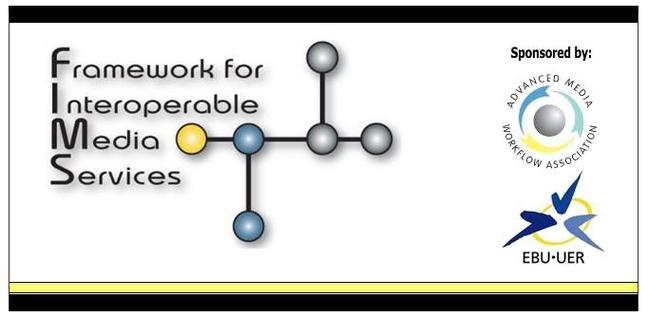Technologies that bring harmony to content distribution architectures
Broadcasters are now being challenged with delivering an ever-increasing volume of multi-platform content in an organized and efficient manner. It sounds easy, but it’s not.
Early file-based workflows were generally based on highly customized, tightly coupled software architectures that were difficult and expensive to adapt and maintain. With the advent and maturation of Service Oriented Architecture (SOA) technologies, broadcasters are finding new flexibility and efficiency along with the ability to quickly adapt and commoditize elements of their media workflows. However there is still much work to be done and the industry needs more experience in how to do it effectively.
A panel discussion at the Content & Communications World (CCW) show, set for November 14-15 at the Javitts Convention Center in New York City, looks to reveal some secrets about how to make it work in a way that is most cost-effective to deploy and leverage for all types of distribution scenarios.
“I think a lot of people don't realize that deploying a SOA takes careful planning and a lot of customization work,” said Jimm Popowytsch, Vice President of Engineering and IT, AMC Networks. Jim will join John McCoskey, Chief Technology Officer, PBS and Brad Gilmer, Executive Director, Advanced Media Workflow Association (AMWA), on the panel entitled “Workflow Orchestration—Technologies that bring Harmony to your Architecture,” set to take place on Thursday, November 15, 2012; 2:00-3:00 PM.
“Everybody’s view of what an SOA should look like is going to be different, and that includes the manufacturers of this technology,” Popowytsch said. “If I’m talking to a Rhozet Carbon server, a QC device, there’s so many little things that you have to deal with in order to make it work.”
AMC Networks Broadcasting & Technology is located in Bethpage, New York. The state-of-the-art technical facility consolidates origination and satellite communications functions in one 62,000 square foot facility and keeps AMC Networks at the forefront of technology, providing both standard- and high-definition digital infrastructure.
“We deployed a number of file-based silos very early on in our digital conversion that are very customized and were labor-intensive to establish,” said McCosky. “Going forward, our goal is to become a lot commoditized and lot more standards based. We think customization can be a bad thing.”
Get the TV Tech Newsletter
The professional video industry's #1 source for news, trends and product and tech information. Sign up below.

As executive director of AMWA, Gilmer is leading the move—along it help for his colleagues at the European Broadcasting Union—to create a standard way for broadcasters to process and move content while reducing manpower and CapEx resources. The goal of the standards work is to ensure successful SOA deployments. During the CCW panel discussion, Gilmer will provide the latest news on his organization’s standardization efforts and the status of the Framework for Interoperability Media Services (FIMS) project. Basically, the group, made up of representatives from virtually all of the technology vendors serving the broadcast industry, wants third-party technology to work together for the good of the customer. With such as compatible system, broadcasters will be able to manage multiple versions of content and distribute them efficiently to the right outlet.
“There are very few manufacturers anymore that can just say ‘users don't; have any choice, they have to buy everything from us,’” Gilmer said. “If that’s the case, and by and large it is not, then those manufacturers are stuck with the same sort of integration problems that their users are facing. They have to continually and repeatedly do point-to-point integration and custom work rather than moving to a single architecture that can accommodate a variety of users requirements. The SOA model is really cost-effective for everyone involved.”
The AMWA and EBU have released FIMS Media SOA Framework 1.0, which is now an approved AMWA specification and an approved EBU Technical Document. Gilmer will provide more details at the CCW panel on Thursday, November 15.
“Right now no one has an off-the-shelf solution and that has hurt industry-wide acceptance of this type of architecture,” Popowytsch said. The industry is trying to come to a common standard or standards, but not every manufacturer is supporting it.”
Through industry standards such as FIMS, broadcasters can effectively integrate and operate multi-vendor workflows that were not possible just a few years earlier. CCW Show attendees are encouraged to sit in on the Workflow panel as it discusses both opportunities and challenges that SOA and its related technology brings to media management and seamless, global workflows.
